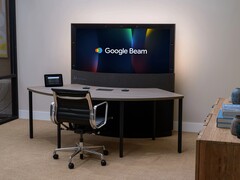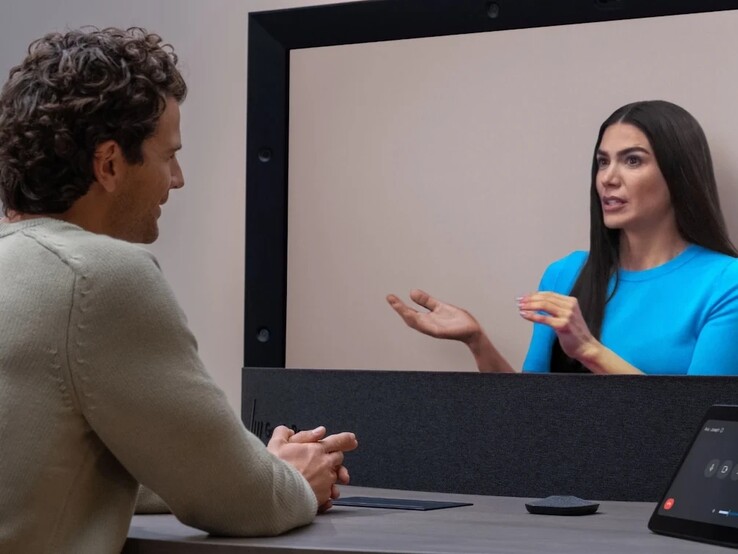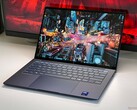While the Metaverse hype may have died down, the underlying push for more connected remote workplaces is very much alive. Just last month, Google rebranded its experimental Project Starline. Now at InfoComm 25, HP is showing off the world's first hardware solution designed for Google Beam: the HP Dimension.
This HP-Google lovechild is a mammoth light field display that spans 65 inches with six cameras in the bezel. Using AI, the HP Dimension is expected to construct a photorealistic 3D model of the caller and transmit the full-size video footage in real-time, while correcting for lighting, shadows and eye contact. Four built-in speakers provide spatial audio, so virtual meetings are fully immersive without the need for headphones or any wearables. HP is also providing its new Poly Studio A2 audio system comprising of four-mic table microphone units and a bridge that can handle up to 32 input channels (or 8 Poly Studio A2 table microphones).
At $24,999, this high-powered film crew and sound engineering setup does not come cheap. Google's in-house tests with its 3D videoconferencing platform seem to show better engagement, immersion and memory compared to typical video calls. However this only works if both ends of the call have a Google Beam license with the requisite hardware. The implication here is that when either caller is not capable of supporting Google Beam, the HP Dimension is merely a huge and expensive screen for taking video calls.
Unsurprisingly, the HP Dimension is currently produced for businesses. The $24,999 price tag does not include the Google Beam license, which is required to use any videoconferencing software on the device. HP says it will be available to selected enterprise customers in "late 2025". Each Poly Studio A2 table mic can be pre-ordered for $329 while the bridge is going for $549, although neither is expected to ship till September 2025.

















